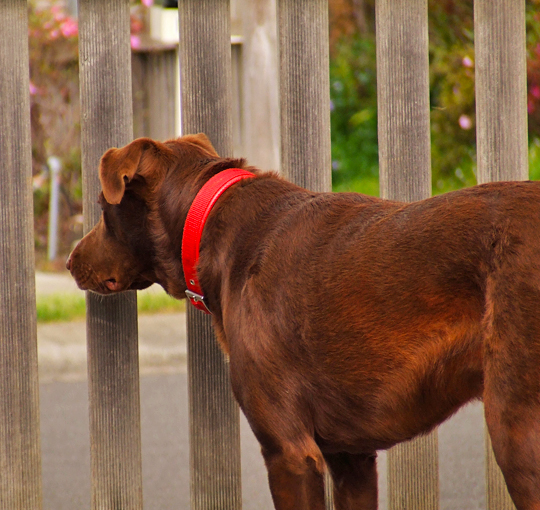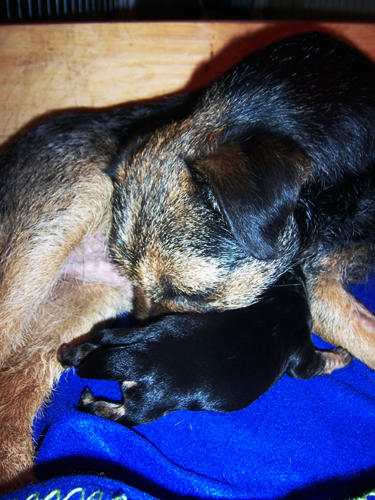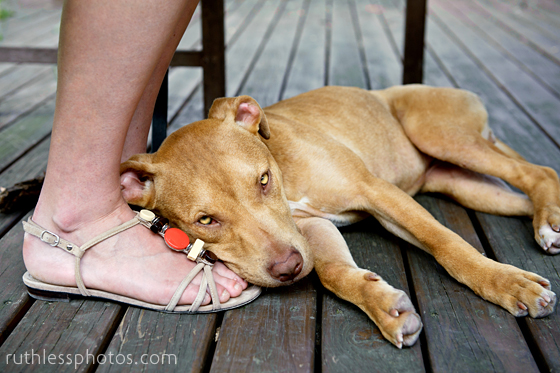Breed Specific Legislation FAQ
What is Breed Specific Legislation?
Breed Specific Legislation, commonly known as “BSL”, is legislation that places restrictions upon certain breeds of dogs.
What breeds are affected by BSL in South Australia?
There are 5 prescribed breeds in South Australia, which mirrors legislation in the other States. These breeds are the American Pit Bull Terrier, the Fila Braziliero, the Japanese Tosa, Dogo Argentina, and the Presa Canario. Additionally, Greyhounds are affected by BSL in South Australia, but are not considered a prescribed breed.
What restrictions are placed upon the prescribed breeds in South Australia?
Prescribed breeds must wear a muzzle or be physically restrained in public, and owners must desex their animal. Prescribed breeds must not be sold or given away.
What restrictions are placed upon greyhounds in South Australia?
Greyhounds must be muzzled or physically restrained in public, except when they are partaking in an organised activity and are under effective control.
What other Australian states have BSL?
All states except the ACT, NT, and Tasmania have some form of BSL. Nationally, restrictions on prescribed breeds often specify where the animal may be kept. For example, in New South Wales, restricted breeds must be kept in a child proof enclosure with warning signs.
What is the motivation behind introducing BSL?
Governments often believe that introducing BSL will decrease dog bites, or the severity of dog bites.
Why doesn’t BSL work?
This legislation incorrectly assumes that some dogs are more dangerous than others. In reality, owners are more responsible for their dog’s behaviour than the genetics of their animal. Furthermore, there are a myriad of enforcement issues with BSL as breeds cannot be confirmed by physically characteristics or DNA. Effectively, BSL is unenforceable and does not target the real cause of dog bites: inappropriate animal management.
How do we know BSL does not work?
BSL has been introduced in several countries globally, yet in no country has this legislation reduced the incidence of dog bites.
The Netherlands is a key example. A ban was implemented on the American Pitbull Terrier in 1993, and on the Rottweiler in 2000. The breed ban was repealed in 2008 after no decrease in dog bites was seen in the 15 year period. Similarly, the Dangerous Animals Act in Spain, 2000, was seen to have no significant difference in the number of dog bites.
In 1997, the United Kingdom banned the American Pit Bull Terrier and three other breeds, and their crossbreeds. However, dog bites incidents have increased by 50% in the period from 1997-2007. That is, 10 years after the ban, dog bites have actually increased. An increase in dog bites was also seen in Denmark in 2010 following the banning of 14 dog breeds. In the 12 months following the breed bans, there was a 60% increase in dog bites.
What welfare concerns are associated with South Australian BSL?
BSL means that animals that are prescribed breeds cannot be rehomed. This means that any prescribed breed entering shelters must be destroyed. Furthermore, individuals who wish to rehome their dog due to change of circumstances cannot legally do so if their dog is a prescribed breed.
What welfare concerns arise with changes to legislation in Victoria?
Recently, the Victorian government has made changes adding a standard that describes an American Pitbull Terrier. Effective from the 30th of September 2011, dogs that meet the description in the standard have to be registered as a restricted breed. As Amercian Pitbull Terriers cannot be effectively identified by appearance, it is likely that many dogs that are bull breed mixed breeds will be deemed as a prescribed breeds. Owners that fail to register their dog as a prescribed breed are at risk of having their dog seized and destroyed by councils.
What is the alternative to BSL in addressing dog bites?
Legislation needs to be introduced that recognises that any dog is capable of biting, and that it is up to owners to effectively manage their dog of choice to ensure dog bites do not occur. Any changes in legislation need to not cause further burden to those who responsibly own their dog, but seek to punish those who are irresponsible.
Existing legislation already requires dogs to be effectively contained in yards, on a lead or under verbal control when in public. All dogs must also be registered. Councils need further resources to ensure that individuals are responsibly housing their animals.
Education is also a vital part of the picture. Dog bites involve a dog owner, and the dog bite victim. With education, humans interact with dogs more responsibly and so bites are reduced. Education should also be targeted at to-be-dog-owners, to ensure that they are making appropriate and responsible decisions in choosing their pets and also in socialising their animal.
How do we know that these alternatives work?
Calgary, Alberta, Canada, is seen to be the key model of reducing dog bites. In Calgary, they have found that increased education and regulation has seen a decrease in dog bites. This education has targeted children specifically in grades 2 and 3, and seen an 80% reduction in dog attacks. Calgary has also focused on strengthening enforcement and regulation of current laws, and implementing tougher penalties for irresponsible dog ownership. Calgary has also provided low cost desexing options, as it is known that undesexed animals are more frequently represented in dog bite statistics.





